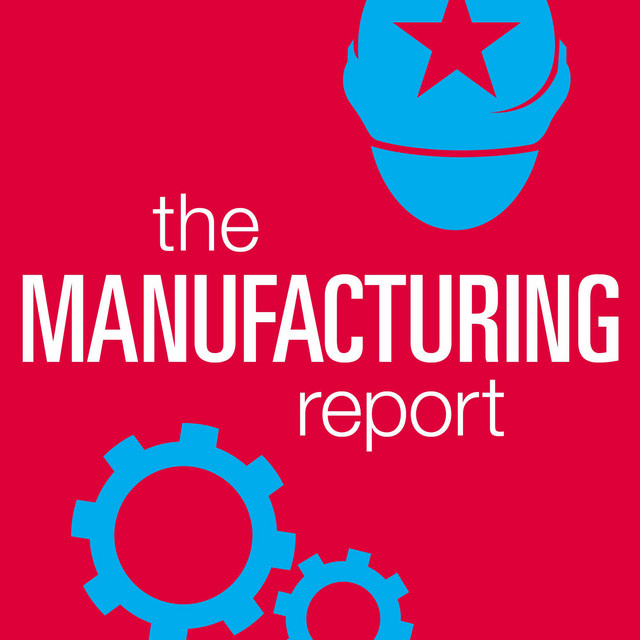On April 2nd, a date President Trump dubbed “Liberation Day,” his administration unveiled a sweeping set of reciprocal tariffs impacting nearly every major U.S. trading partner. The move, which Scott Paul of the Alliance for American Manufacturing called “one of the most significant days in trade policy in decades,” aims to reverse decades of globalization that have hollowed out America’s industrial base.
The tariff package includes a baseline 10% duty on imports from all countries, with significantly higher rates reserved for those Trump deems the “worst offenders” on trade. China tops that list with a 34% tariff (on top of existing duties), followed by Vietnam at 46% and the European Union at 20%. While neighbors Canada and Mexico were spared additional tariffs, they still face duties linked to compliance with the USMCA trade pact.
On the podcast, AAM’s Senior VP for Policy Scott Boos explained the administration’s rationale: “It is reciprocal tariffs. And as the White House describes it, they look at what other countries do to us, and that’s what we do in exchange.” Boos noted that while the action applies to “all imports,” there are carve-outs for certain sensitive sectors like autos, pharmaceuticals, oil, and agriculture.
Boos argued that the aggressive move shifts the U.S. to “a position of strength” in trade negotiations while accelerating the pre-existing trend away from unfettered globalization. “More specifically, this will likely accelerate trends that have been underway for some time,” he said. “And that is a move away from massive globalization to more regionally focused economies and towards the idea that you should make things in the market or in close proximity to the market that you’re selling in.”
Whether you agree with it or not, the United States is now negotiating from a position of strength with other trade partners when it comes to reducing barriers. Both the executive orders and the comments I saw from cabinet officials indicated that the rates could go up if countries decide to retaliate or the rates can come down if the countries agree to more rebalancing.
The April 2nd announcement was hardly the administration’s first salvo on trade. In his first months back in the office, Trump tightened steel and aluminum tariffs first imposed in 2018, raised duties on China, Canada and Mexico over fentanyl and border concerns, and slapped 25% tariffs on imported vehicles and auto parts. And Boos says there’s more to come, with pending investigations into shipbuilding, pharmaceuticals, copper, lumber and more.
While Congressional Republicans have broadly backed Trump’s aggressive trade posture, Democrats are more divided. Some, like Sen. Tammy Baldwin (D-WI) and Rep. Chris Deluzio (D-PA), are articulating the need for tariffs as part of a cohesive industrial policy. But bills aiming to rein in presidential trade powers are unlikely to succeed, Boos predicted.
Ultimately, both Boos and AAM President Scott Paul argue that the U.S. faces “a national emergency” when it comes to the erosion of its manufacturing capabilities. While critics predict economic catastrophe from the tariffs, Paul believes the outcome will be more nuanced.
“Whether or not you think that the broad-based tariffs are the right answer, we’re going to find out,” Paul said. “We know that in the United States, as early as Alexander Hamilton or Henry Clay, tariffs have been used effectively as part of an industrial policy.”
As the dust settles from “Liberation Day,” all eyes will be on how America’s trading partners – and its manufacturers – respond to this new era of muscular trade enforcement. The only certainty? The era of unfettered “free trade” is over.
For more insights and analysis, visit americanmanufacturing.org and subscribe to AAM’s Daily Digest. And to hear the full conversation with Scott Boos, check out the latest episode of The Manufacturing Report wherever you get your podcasts.




